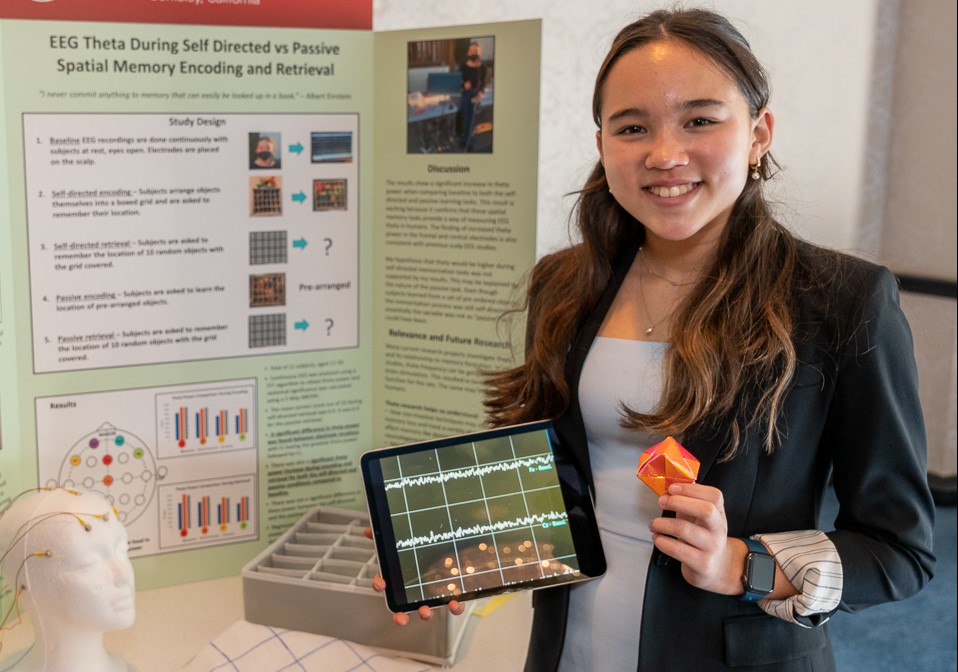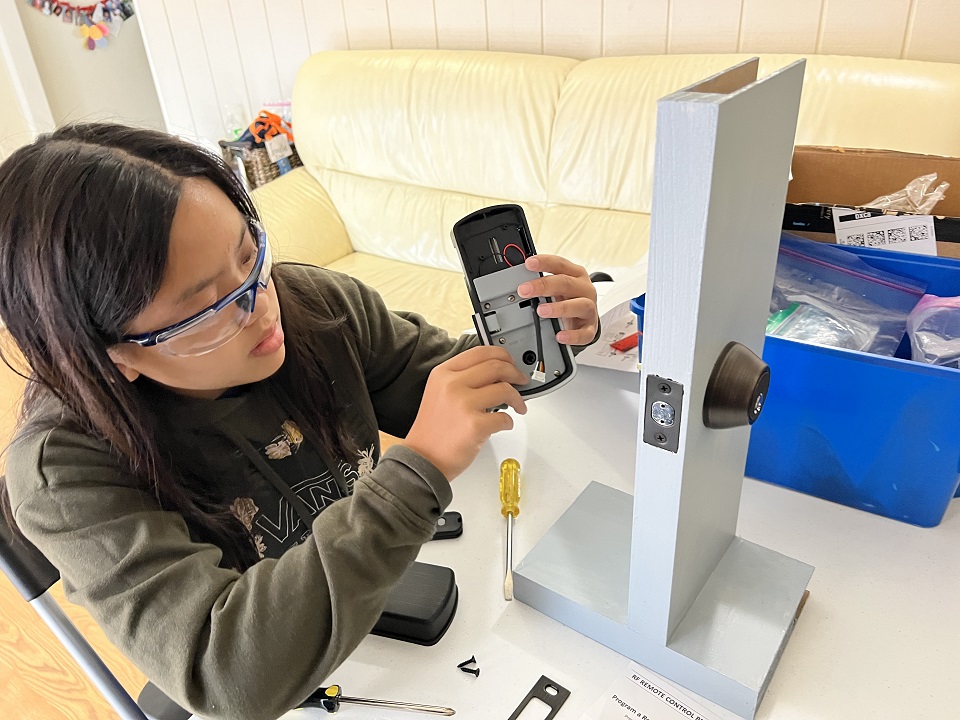Getting their hands dirty: Broadcom MASTERS finalists dive into STEM at the Chesapeake Bay

Imagine designing a remotely operated vehicle (ROV) with limited supplies, with a team of people that you met just a few days before. Now imagine that you only have a few hours to put the ROV together—and after the time is up, you’ll be driving it into the water to collect sediment. That’s how the Broadcom MASTERS 2017 finalists spent their afternoon—after a morning of seining (catching aquatic wildlife using large nets) and participating in a machine learning challenge. Both challenges took place along the Chesapeake Bay at the Smithsonian Environmental Research Center (SERC).
Wearing waders to stay dry, the finalists spent the morning diving into the Chesapeake Bay with large nets, catching wildlife along the way. As Karen McDonald, the Education Program Coordinator at SERC, told the students, science isn’t just about researching in the laboratory—it’s about getting out in the field as well. Real scientists aren’t afraid to get their hands a little dirty.
Back inside, students participated in a machine learning challenge led by Kate McGregor, Manager of Family and Community programs at the Computer History Museum. Students were introduced to the science of computers to understand data without direct programming by using supervised machine learning, an artificial intelligence approach. Finalists created a supervised machine learning model, that determined which platform, such as Facebook messenger, Snapchat or text, would be optimal for messaging someone based on demographic criteria such as age and interests.
Finally, students were introduced to the ROV challenge, which included two parts—design and testing. Students learned how scientists use ROVs in a variety of manners to explore the deep sea and inspect incoming vessels to look for invasive species. Then, students designed their own ROV with the goal of having it dive more than six feet into the water.
After working together and brainstorming methods that would allow their ROV to be submerged, collect sediment and then return to the surface, finalists headed out to the docks for testing. Once by the water, finalists continued to adjust their ROVs before demonstrating their ROVs for the judges.
Although some finalists admitted their ROVs may not look pretty, they were effective for absorbing sediment. Students loved being by the water and getting a glimpse of working in the field.


